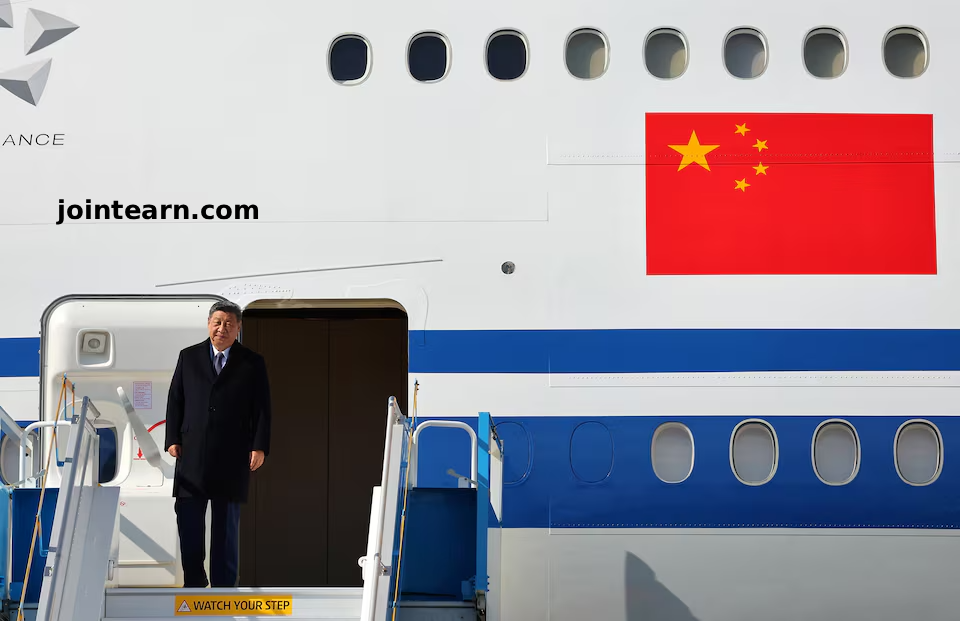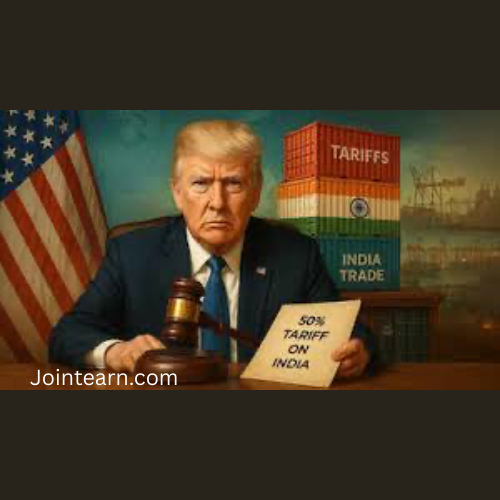
Gyeongju, South Korea – Chinese President Xi Jinping dominated the spotlight at the 2025 Asia-Pacific Economic Cooperation (APEC) summit, meeting with leaders from Japan, Canada, and Thailand following a delicate trade truce with U.S. President Donald Trump. The truce, agreed upon on the sidelines of the summit, temporarily eased tensions between the world’s two largest economies, which had previously rattled global markets.
With Trump absent from the main two-day forum, attending the White House’s annual Halloween event, Xi positioned China as a reliable champion of free and open trade, a role traditionally led by the U.S.
“Changes unseen in a century are accelerating across the world,” Xi told leaders of the 21-member economic bloc in the historic city of Gyeongju. “The rougher the seas, the more we must pull together,” he added, emphasizing the need for global trading rule protections and deeper economic cooperation.
Despite the rhetoric, several Asian nations remain cautious, mindful of China’s assertive regional policies, dominant manufacturing sector, and history of leveraging export controls in trade disputes.
Key Bilateral Talks at APEC
Xi Meets Japan’s New Prime Minister
Xi held his first discussions with Japan’s new prime minister, Sanae Takaichi, in what was a highly anticipated meeting. Both leaders expressed a desire to advance Japan-China relations, though underlying tensions remain. Takaichi, Japan’s first female leader, has pursued a more hawkish security policy, including accelerating Japan’s military buildup to counter China’s influence in East Asia. Other topics likely on the agenda included the detention of Japanese nationals in China and Beijing’s import restrictions on Japanese beef, seafood, and agricultural products.
“I conveyed my concerns but also raised areas where we can cooperate. I hope this meeting serves as a starting point for Japan and China,” Takaichi said following the talks.
Canada Seeks to Rebuild Engagement
Canadian Prime Minister Mark Carney met with Xi to revive Canada-China trade relations after years of strained ties. Carney emphasized Canada’s goal to double non-U.S. exports over the next decade and accepted an invitation to visit China. The discussions addressed issues including preliminary anti-dumping duties on Canadian canola and Canada’s prior tariffs on Chinese electric vehicles, aiming to restart broader economic engagement.
Xi Engages with Thailand and South Korea
Xi also met Thai Prime Minister Anutin Charnvirakul, pledging to share China’s development experience and accelerate a regional rail infrastructure project while cracking down on cross-border crime. South Korean President Lee Jae Myung is scheduled to discuss Korean denuclearization and regional security, reflecting South Korea’s strategic position between U.S. and Chinese influence.
Broader Implications for Global Trade
The Xi-Trump trade truce provided temporary relief to markets and improved forecasts for global economic growth, following the initial shocks from Trump’s tariff policies earlier in the year. The summit also featured business deals on the sidelines, including Nvidia’s $3 billion AI joint venture with Hyundai Motor Group, highlighting ongoing technology collaboration amid geopolitical tensions.
APEC, representing half of global trade, hopes to issue a joint declaration, a symbolic achievement after previous failures in 2018 and 2019. Meanwhile, Taiwan and South Korea are advancing bilateral trade agreements with the U.S., signaling continued efforts to stabilize supply chains in the Asia-Pacific region.
Xi’s active engagement at APEC reinforces China’s central role in regional diplomacy, global trade governance, and international economic cooperation, positioning Beijing as a key player shaping the 21st-century trading system.

Leave a Reply